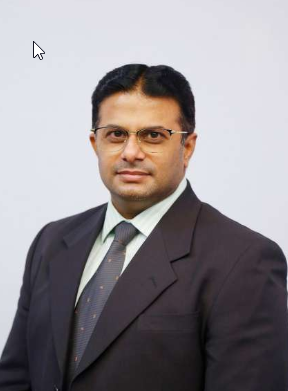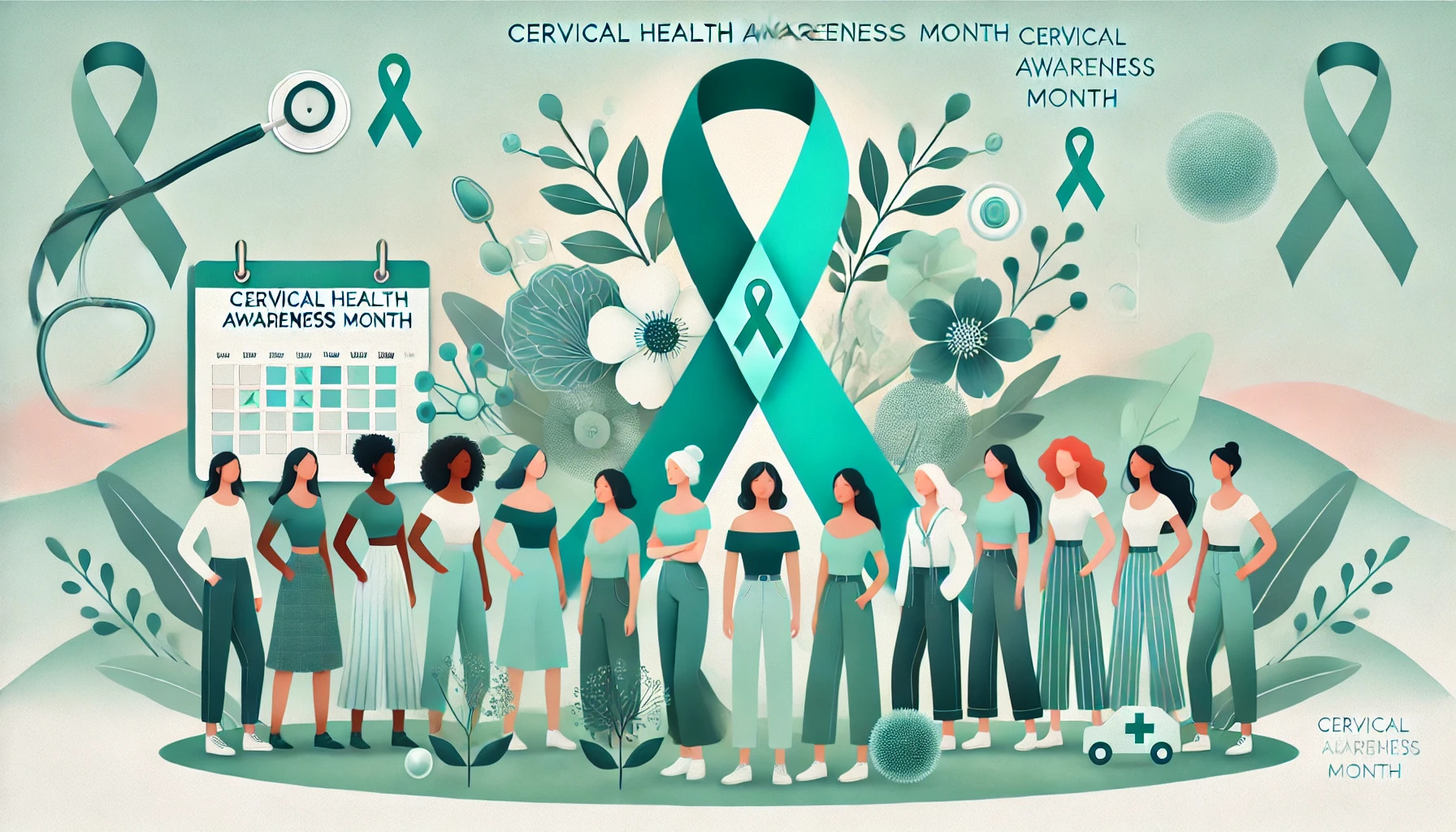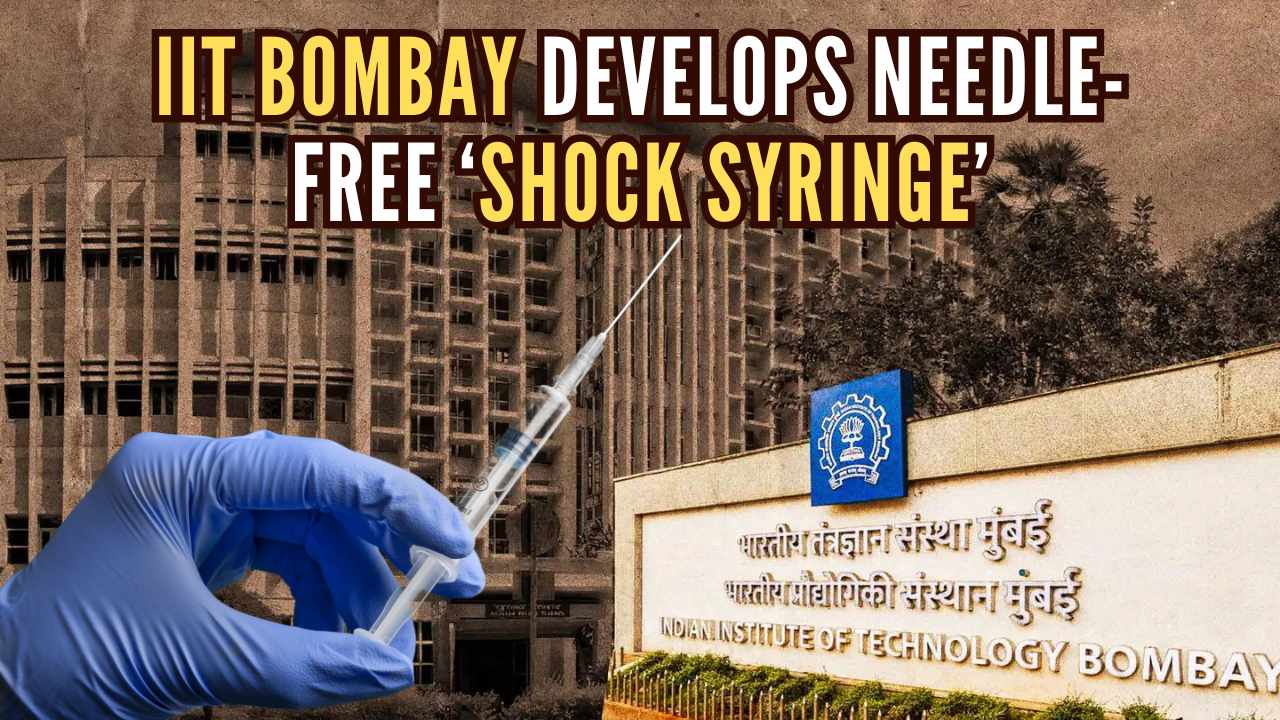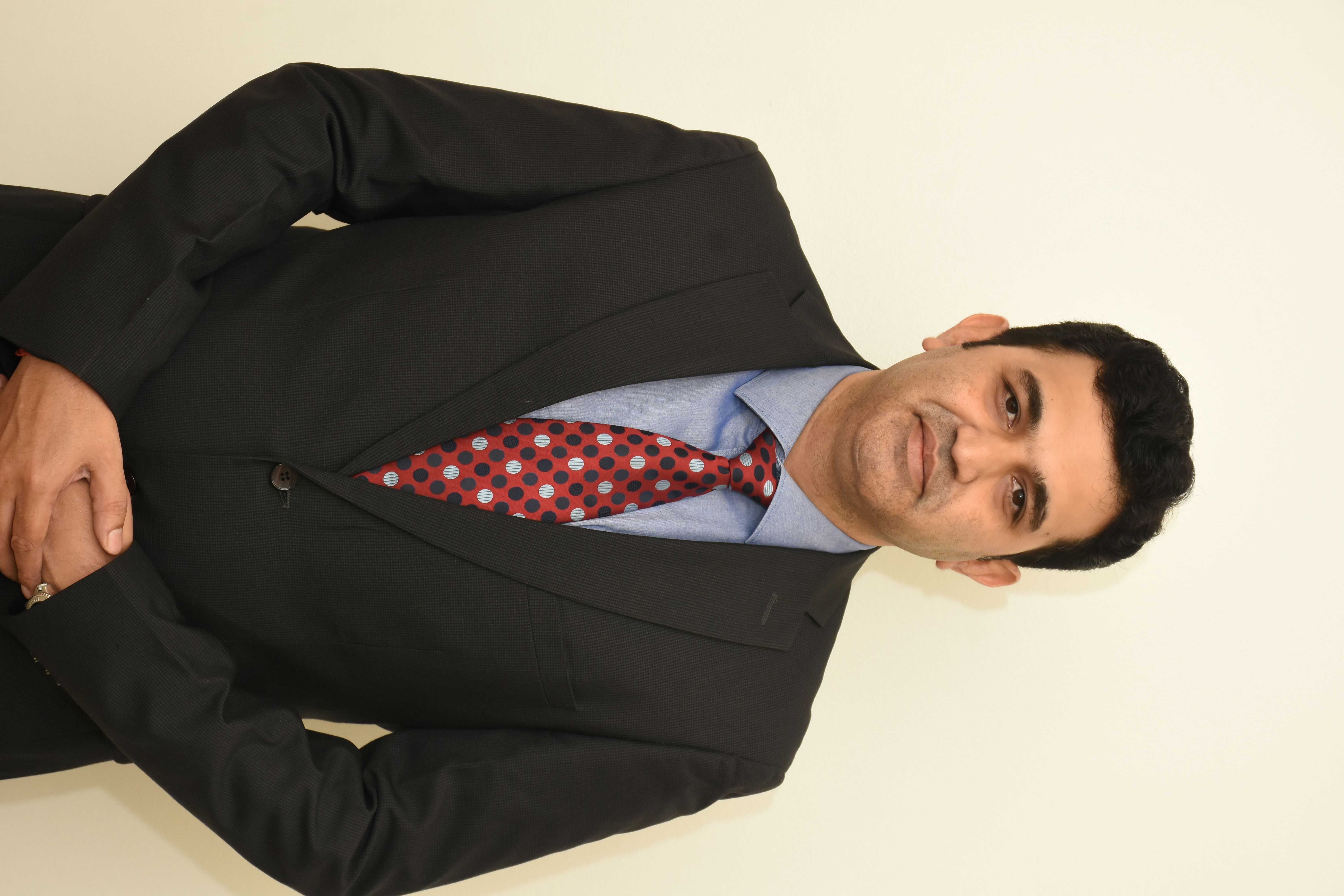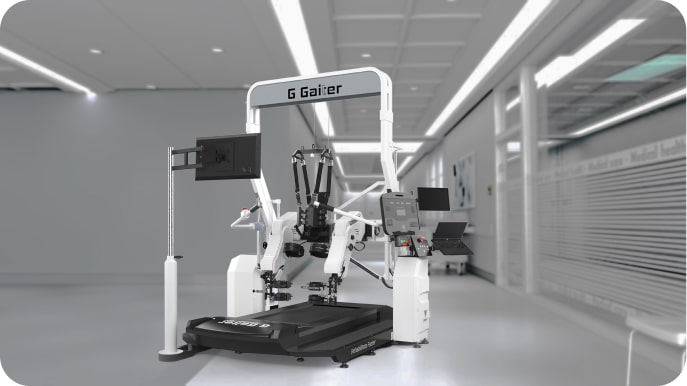During the 2019 European Society of Cataract and Refractive Surgery (ESCRS) Annual Meeting in Paris, ZEISS Medical Technology Segment will present new technologies advancing the digitalization of eye care and high-resolution imaging, helping doctors maximize clinical efficiency and performance.
"Our commitment to developing the best technologies to support the growing needs in patient care is reflected in the new solutions that we will be sharing at ESCRS," said Jim Mazzo, Global President of Ophthalmic Devices at Carl Zeiss Meditec. "We continue to collaborate with leading doctors, researchers and practitioners to address future-forward trends, such as digitalization, which is reshaping how eye care is practiced today and tomorrow."
ZEISS digitalization and industry-first surgical technology
ZEISS introduces the ZEISS EQ Workplace®, the latest addition to the ZEISS Cataract Suite offering surgeons a digital solution to connect and streamline the refractive cataract workflow. EQ Workplace is designed to create efficiencies for surgeons pre-operatively, while providing data accessibility anywhere, anytime.
The ZEISS ARTEVO® 800, the first digital microscope in ophthalmic surgery, recently received CE mark. The ARTEVO 800 was developed with surgeons for surgeons and includes integrated digital optics for optimized digital visualization and cloud connectivity to the EQ Workplace, providing surgeons remote access to patient data and images.
Also featured at ESCRS is the ZEISS miLOOP®, a micro-interventional device designed to deliver zero-energy endocapsular lens fragmentation. The miLOOP device has received CE mark and is now available to surgeons in markets outside of the USA.
Advancements in ZEISS integrated diagnostic solutions for maximizing clinical efficiency and patient care
ZEISS expands its CIRRUS® Optical Coherence Tomography (OCT) portfolio with the launch of its new CIRRUS® 6000, the next generation, ultra-fast 100kHz system that promises to dramatically elevate the efficiency of busy, advanced care practices. At 100,000 A-Scans per second, image acquisition is extremely fast. The CIRRUS 6000 OCT scans are 270 percent faster than prior CIRRUS generations, 43 percent faster than the CIRRUS 5000 AngioPlex and OCT cube scans can be acquired in as little as 0.4 seconds. Faster acquisition also means more image detail, with improved image quality due to fewer motion artifacts.
According to glaucoma specialist Dr. I. Paul Singh, MD, of The Eye Centers of Racine & Kenosha, with the CIRRUS 6000 his staff can scan patients much faster with improved imaging quality. "The speed and quality of the scan allows me to diagnose the patient in less time, maximize flow of the clinic, and provide patients with an optimized and tailored treatment plan," said Singh.
Another major benefit of the CIRRUS 6000 is that it allows seamless transfer of raw patient data from previous generations of the CIRRUS. This ensures that the ability to analyze old, new, and future patient data is preserved.
"Our comprehensive OCT system provides doctors a high-performing OCT, with proven analytics and a patient-first design to maximize clinical efficiency and patient care," said Dr. Ludwin Monz, President and CEO of Carl Zeiss Meditec. "The CIRRUS 6000 addresses the challenges of eye care professionals enabling them to maximize time, while maintaining a high standard of care."
Combined with the new version of the ZEISS Glaucoma Workplace, a powerful software solution for glaucoma management. The ZEISS Glaucoma Workplace integrates diagnostics data from various devices to help doctors streamline complex analysis. The new version of the ZEISS Glaucoma Workplace features a new Progression Summary report with "exception-based" alerts that automatically displays statistically significant change in critical measurements such as Visual Field, RNFL, GCL, C/D Ratio and IOP change. The ZEISS Glaucoma Workplace helps deliver a new level of efficiency for glaucoma data analysis.
ZEISS raises slit lamps to the next level: ZEISS SL 800 unites unprecedented optical performance and ease of use
ZEISS unveils its premium slit lamp SL 800 that allows for outstanding visualization with extremely high contrast and resolution. Its ZEISS TrueView optics provides true-to-life color images that enable clinicians to uncover diagnostic details. Extensive illumination options match all clinical needs. "No other slit lamp so far was able to bring up the different structures of the lens so well," enthuses Dr. med. Bianca Apitzsch, Eye Care Center 'Augenzentrum am Johannisplatz', Leipzig, Germany. The unique VarioLight feature combines all advantages of LED and halogen illumination characteristics. Clinicians profit from a sharper and clearer view, as well as a more natural fundus impression.
Based on a well-established tower-type operation, the ZEISS SL 800 offers additional innovative and ergonomic workflow improvements that optimize the clinician's examination. ZEISS SL 800 is optimized for one hand operation, it is equipped with AutoView, a motorized two-button mechanism for changing magnification right next to the joystick, and an electronic Quick Stop brake. These new SL 800 workflow improvements help the doctor focus on the patient.
By combining brilliant optical performance, mechanical precision and outstanding haptics, ZEISS SL 800 sets a new standard in slit lamps.
ZEISS celebrates milestone with over 2 million SMILE® treatments worldwide
Continuing their leadership in laser vision correction, the company is commemorating 2 million Small Incision Lenticule Extraction (SMILE®) treatments to date. SMILE® is being used by more than 2000 surgeons worldwide across more than 70 countries and has begun a clinical trial in hyperopic patients.
SMILE®, a minimally-invasive corneal refractive procedure is performed by using the VisuMax® femtosecond laser by creating a thin disc-shaped lenticule within the cornea, which is then removed through a small incision, thereby achieving the desired vision correction. SMILE® requires only one laser to perform the entire solution leaving the outer corneal layer largely intact, thus potentially contributing to the cornea's biomechanical and refractive stability after surgery.

 New digital and industry first solutions from ZEISS will be presented at the European Society of Cataract and Refractive Surgery (ESCRS)
New digital and industry first solutions from ZEISS will be presented at the European Society of Cataract and Refractive Surgery (ESCRS)









.jpeg)



.jpg)
.jpg)


